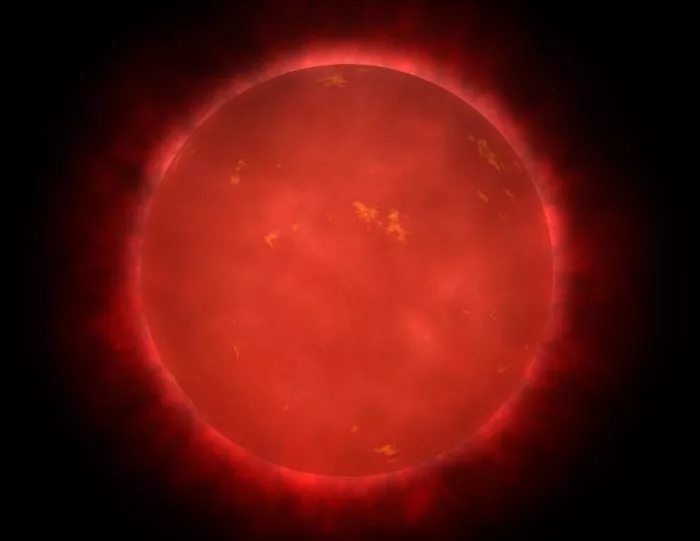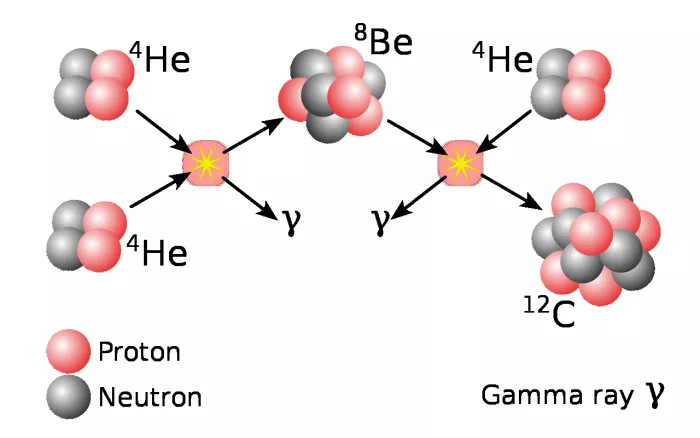Max Ehrmann's famous poem desiderata says that each of us is a child of the universe. This poem metaphors our position in the universe, but it turns out to be a very practical fact Our bodies contain stars and galaxies, which makes us children of the universe

More precisely, we are carbon based life forms. All life on earth is based on carbon-12. Facts have proved that this kind of thing is an important channel of life. How can you and I have enough life in the universe? Astrophysicists and nuclear physicists believe that by using supercomputers to simulate the process of creating carbon, they have an answer. It turns out that this is not easy.

The formulation of carbon-12 requires a pressure cooker and a large amount of source materials. The environment inside stars or during stellar collisions or explosions provides a pressure cooker. It consists of helium-4 atoms and a theoretically forbidden nucleus called beryllium-8 (8be). Put them together and eventually you'll get carbon-12. At present, there is no way to replicate this formula in the laboratory to test it and prove the process. This is because the temperature and pressure you need only exist inside the star. Astrophysicists briefly described this process and proved it by supercomputer simulation.
The core of a star is involved in a process called nuclear synthesis. For most of its life, the star is a huge sphere of hydrogen. Inside, the conditions are just right for it to fuse hydrogen atoms to make helium atoms. You've got eight more atoms of helium and you've got two more atoms of helium. Then there is a chemical reaction involving three called“ α The helium core of the particle and 8be, which has a very short lifetime. If the conditions inside the star are right, alpha particles and 8be can fuse together. This forms the basis of carbon-12 production. This is the "triple alpha" process, which occurs in the interior of these older stars with extremely high internal temperatures (such as above 108k).
Scientists at Iowa State University and the University of Tokyo have created a complex supercomputer model to illustrate α How particles (helium-4 atoms) combine with 8be nuclei to form heavier atoms. In their model, this reaction creates an unstable excited carbon-12 state called the Hoyle state. The researchers created a powerful simulation environment to simulate the process of creating carbon-12 in stars. Then they ran it on the fugaku supercomputer at the physical and chemical Computing Science Center in Kobe, Japan. The team has also developed new technologies in computational artificial intelligence. Now, the basic problems of carbon-12 production seem to have been answered by simulation.